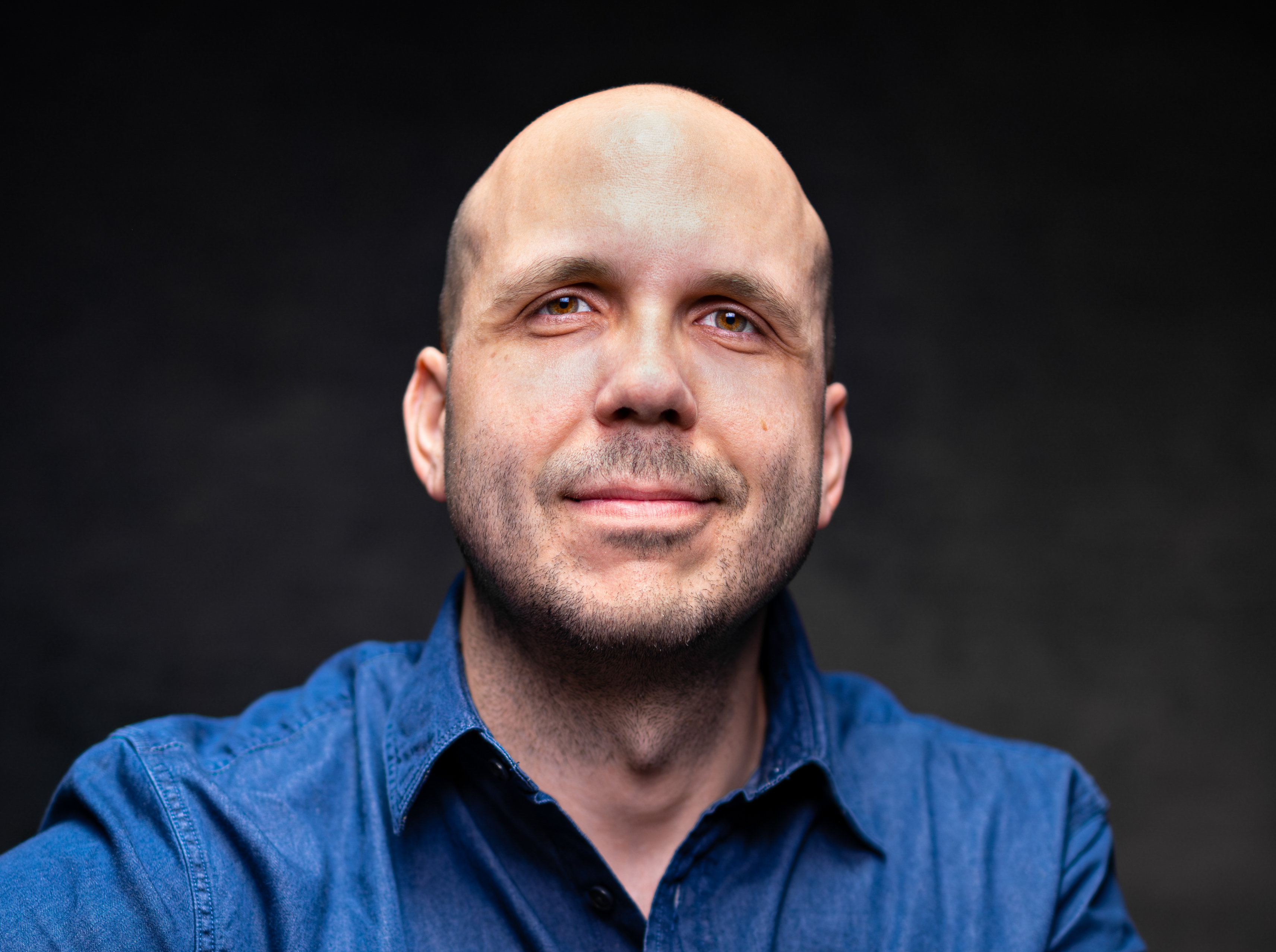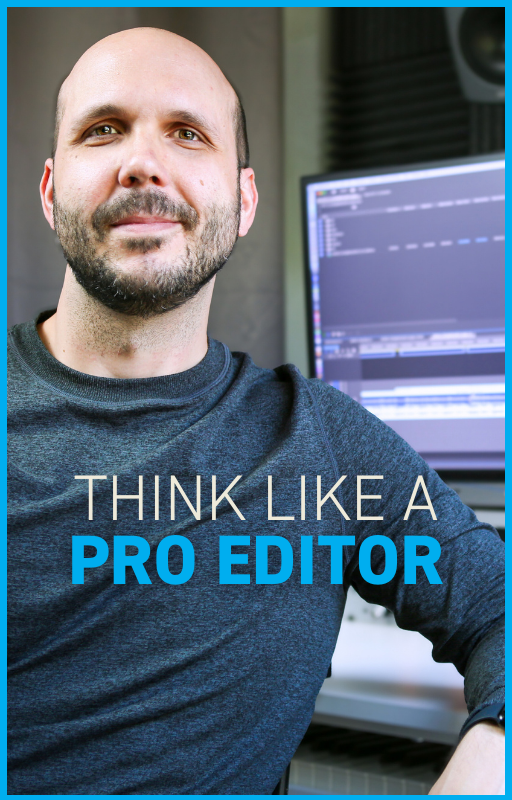How A Pro Editor Cuts Comedy (Three Rules)
Jan 04, 2025I’ve been a pro editor for over 20 years, with a particular focus on comedic commercials, and I’m going to share three rules for editing comedy that have made a big impact on my career. Read through to the end for a bonus tip, and watch the video above for the full lesson (including sample spots I have worked on).
Rule 1 (Cut it tight)
Early in my career, I remember sitting in my edit suite waiting for a director to come by so I could preview a new cut of his comedy commercial that I was working on. I thought the spot was pretty funny, especially the joke at the end.
The director comes in, sits down, and I press play. It comes to the big punchline and…nothing. No laugh. Something was off. He tells me to try cutting out faster after the punchline and I tell him it was already pretty tight—only a matter of frames. He advises me to cut it so tightly that it almost cuts off the last line.
I tried his suggestion and then played the spot again. Not only did he now laugh at the punch line, but so did I! That interaction made a big impact on me. Six frames of tail on a shot (amounting to only a quarter of a second!) was the difference between the joke falling flat and the joke landing.
So my first rule for editing comedy? Cut it tight.
Cutting a dialogue scene? The actors shouldn’t have time to breathe; it should be cut faster than reality.
Is it a visual punchline? Cut away quickly and don’t linger. The cut away itself is often what triggers the laugh.
Think you’ve cut it tight? Cut it even tighter.
And the best way to check your work? Watch your edits with someone else in the same room. There’s no real substitute for this strategy.
As an editor, you become numb to the comedy after a few edits. Bringing someone else in allows you to experience it fresh through their eyes and that is worth its weight in gold.
Now there are exceptions to this rule (namely, jokes that are built on lingering too long, creating an awkward pause or moment). The key here is that these longer cuts are deliberate. For instance, one way to effectively use a longer cut would be to contrast it with a tightly cut setup. Maybe the characters are talking quickly and then suddenly freeze in silence—that pause can become the punchline by building the momentum, and then dropping it for comedic effect.
Rule 2 (Use reaction shots)
When we start cutting comedy we almost always focus on the punchline, but more often than not, it’s the reaction shots that get the laugh. Maybe it’s cutting to a character’s stunned face, a double-take, or even a slow blink. These reactions can be gold. If you’re cutting a scene with several options for reaction shots, try them all; you never know what’s going to play best. One benefit of using reaction shots is that the person reacting on screen can be an avatar for the audience, almost giving them permission to laugh at the joke.
Another way to use a reaction shot is if the gag happens offscreen, and all you show is the reaction. For instance, a character’s horrified expression while staring at something off-camera can make the audience imagine something even funnier than what you could show.
Lastly, try incorporating reaction shots early in the joke setup, building up tensions for the big payoff.
Rule 3 (Get the sound right)
Comedy isn’t just about what you see—it’s about what you hear. A well-placed sound effect can turn an okay joke into a hilarious one. Just like shaving a few frames off a punchline can save a joke, adding the right sound effect can make all the difference.
And you don’t have to go over the top here. Sometimes it’s a subtle, realistic sound that elevates the humor.
And, of course, this includes music. One great way to get a laugh is to drop out the music as part of the punchline or right before a punchline. Or perhaps start the music after the punchline. The contrast between a music track starting and stopping (and silence in a scene) can make a big impact.
Bonus Tip—Editing parody
The key to great parody is to copy the genre exactly—but change one thing. That contrast is where the humor comes from.
Parody thrives on familiarity. The more precisely you mirror the style of the original, the stronger the humor when you break it. Do your research. Copy the style of the parody with regard to editing style, patterns, style of sound design, and music.

Austen is an ADDY award-winning film & commercial editor with over 20 years of experience. He has worked with global brands like Meta, KPMG, SAP, and Christianity Today. His PSA work has championed causes like school safety (with Matthew McConaughey), driving safety, and anti-tobacco. A thought leader in the editing field, his online lessons quickly amassed over 100K views after launch.

